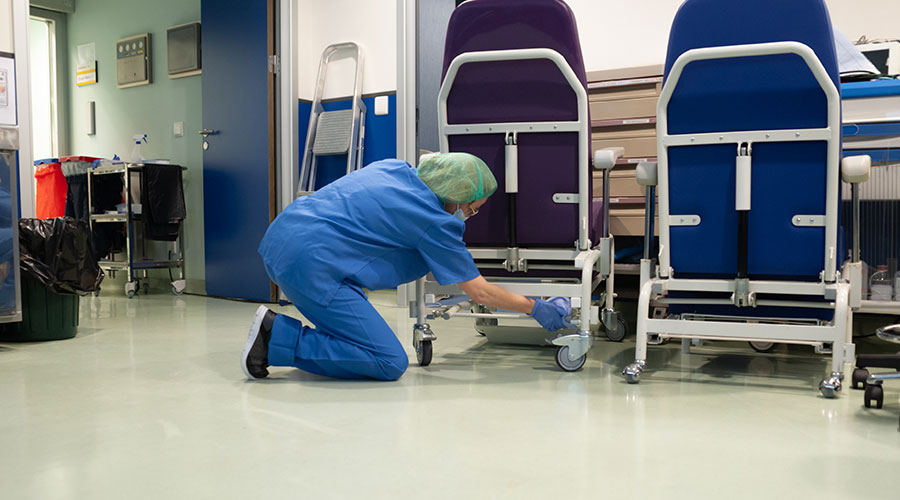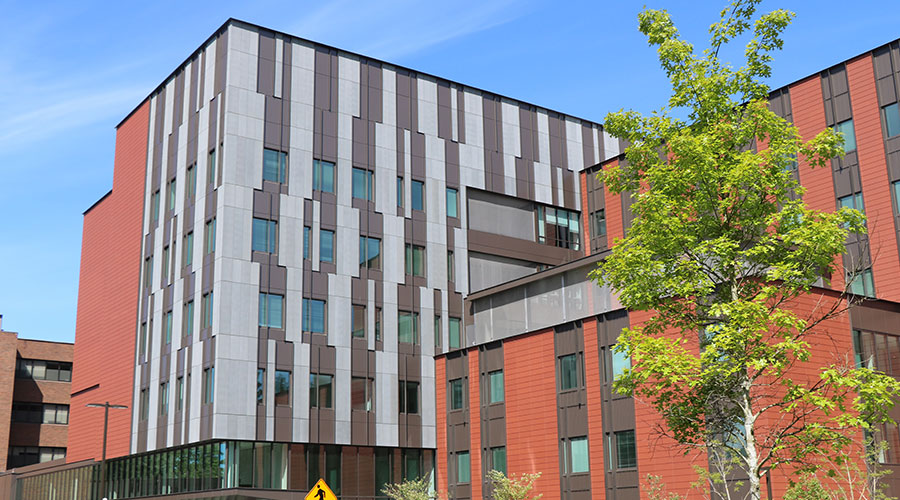Designing a hospital electrical system is challenging, said Gerald Versluys, TLC Engineering for Architecture, in a recent article on the Consulting-Specifying Engineer magazine's website.
It has been primarily focused on providing a maintainable and reliable electrical system, Versluys said. Many hospitals have joined the greening of our industry by pursuing LEED or setting energy goals with other prescriptive documentation programs. This has typically been part of their altruistic core philosophy as good stewards of the planet.
"I’ve been lucky enough to work with several hospital networks that have this belief. Their hard work on the cutting edge of design has enabled the development of many green technologies that we commonly use today," he said.
"However, let’s ignore the thrum of the green drum in the background for a moment. Every hospital employee I’ve worked with—whether it’s the facility director, electrician, or CFO—is very interested in saving another type of green: money. Infrastructure and utility costs are expenses that hospital management must control to accomplish the mission of saving lives."
A typical hospital consumes an inordinate amount energy compared to a conventional building. According to ASHRAE Advanced Energy Design Guides, hospitals account for less than 2% of the floor space and almost 6% of the energy consumed in the U.S. The average large hospital consumes 234 kBtus/sq ft according to the U.S. Energy Information Association.
So what does that mean to an electrical engineer? It means that whatever energy saving measures we implement could be two to three times as effective as they would be in a conventional building—just due to the size of the loads. Unfortunately, the largest portion of the energy used in a hospital (54% according to ASHRAE’s Advanced Energy Design Guide for large hospitals) is for HVAC and domestic water heating, which are outside of the electrical engineers’ direct influence, according to the article.
Upgrading a hospital’s UPS system with a modern centralized UPS is one way to save money and energy. Hospitals constantly upgrade technologies and house cutting-edge technologies that require premium UPSs and/or power conditioners. Unfortunately, many hospitals are plagued with a hodge-podge of UPSs of varying sizes and efficiencies, Versluys said.
According to the article, the second money saver is the opportunity to use more energy-efficient modes during after-hour periods. The proposed single UPS would be specified with the capability to provide 96% or 99% efficiency mode during off hours (most hospitals don’t run their imaging department equipment at night). Using a 99% efficiency mode 10 hours a night with the aforementioned hypothetical case (approx 500 kVA) saves the owner more than $30,000.00 annually—including HVAC costs.
Read the article.

 Seeking Standards for Microbial Loads in Healthcare Facilities
Seeking Standards for Microbial Loads in Healthcare Facilities UCR Health Unveils Plans for Major Expansion
UCR Health Unveils Plans for Major Expansion High-Performance Windows Support Safety at UW Medicine's New Behavioral Health Center
High-Performance Windows Support Safety at UW Medicine's New Behavioral Health Center Central Maine Healthcare Dealing with IT System Outage
Central Maine Healthcare Dealing with IT System Outage Kaiser Permanente Opens Newly Expanded Everett Medical Center
Kaiser Permanente Opens Newly Expanded Everett Medical Center